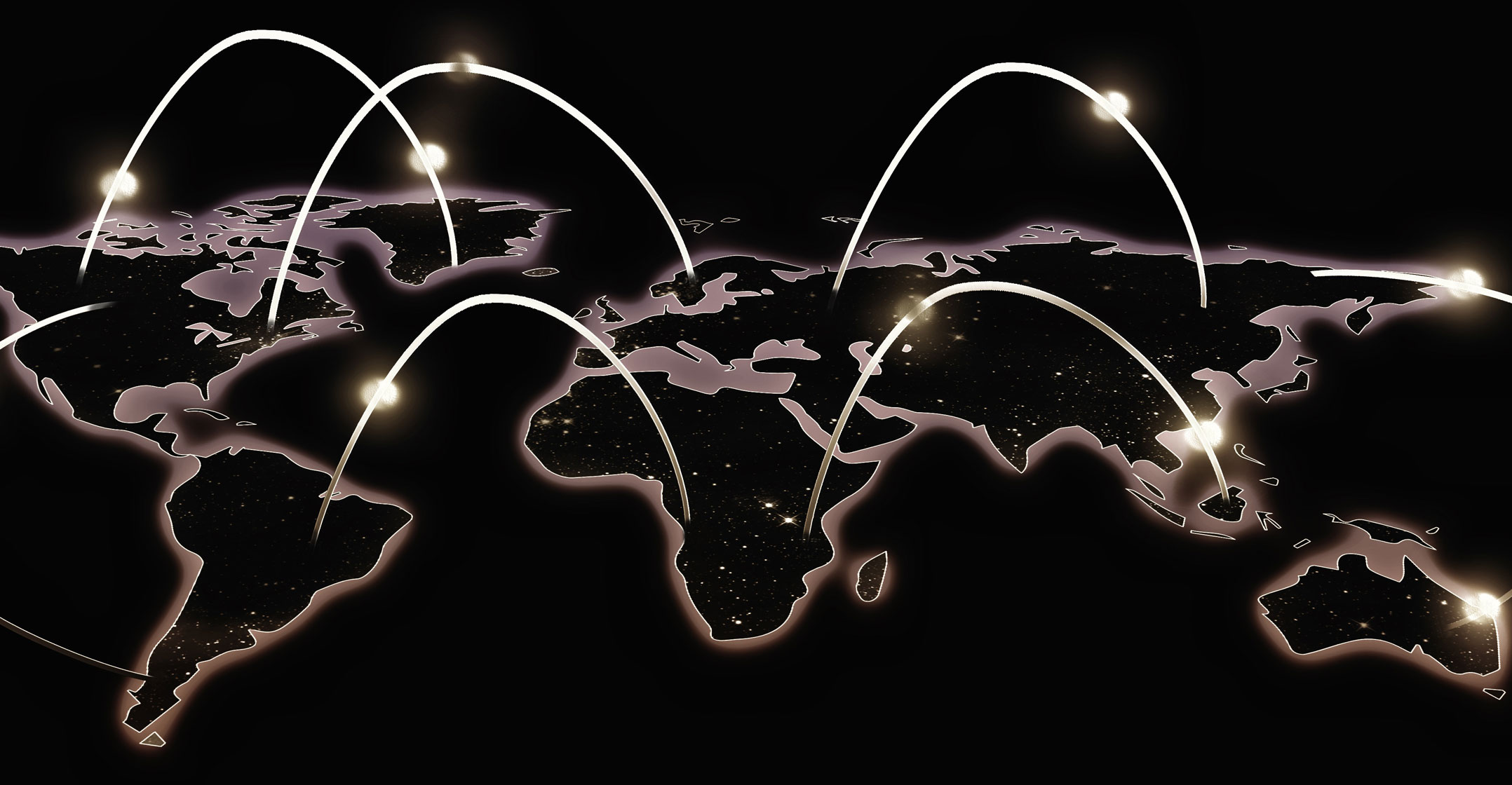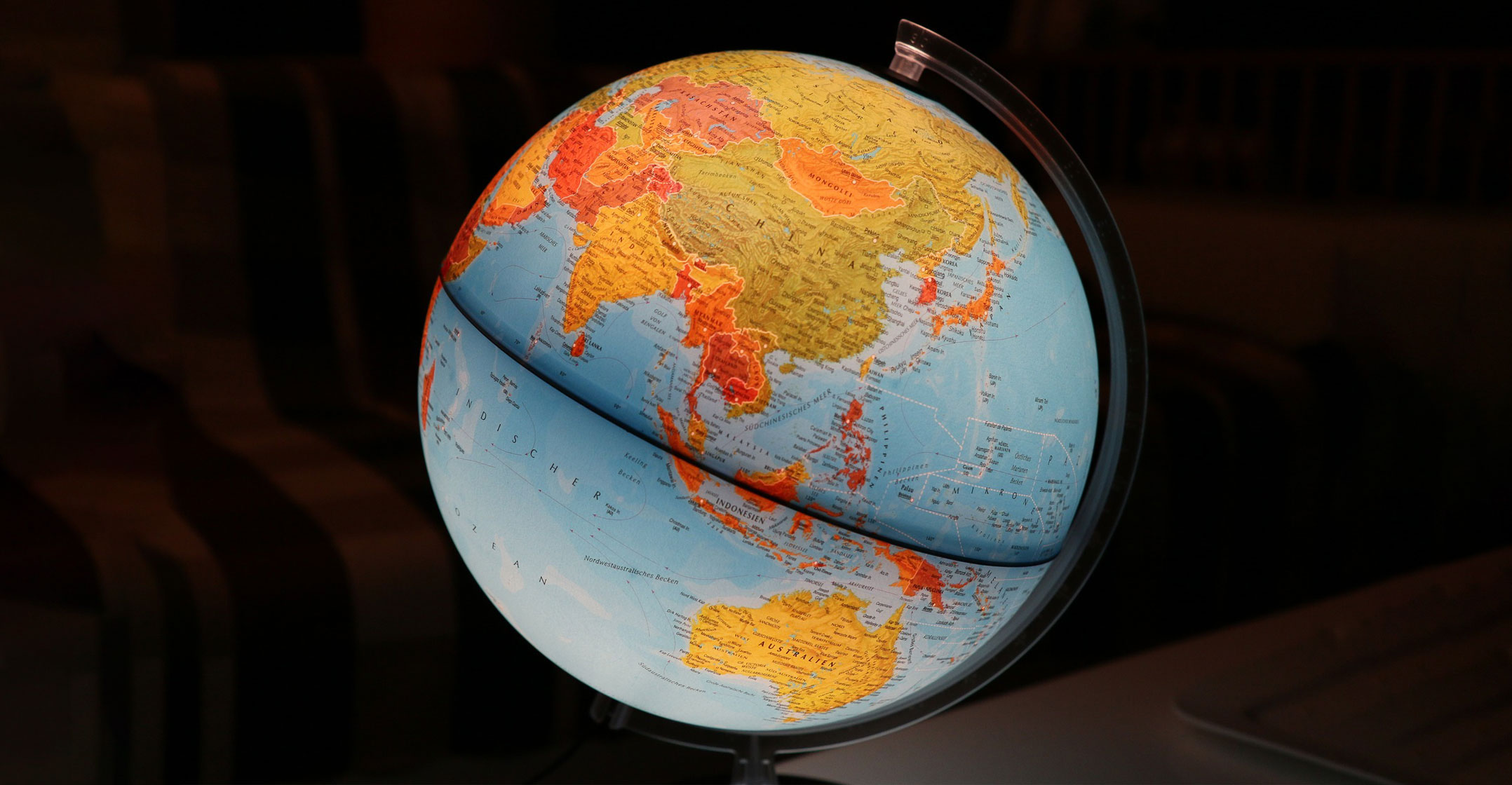 In the years following the fall of the Berlin Wall in 1989, many Western policymakers assumed that globalisation was irreversible and would lead to rising incomes for all. In 2005, then-UK Prime Minister Tony Blair encapsulated part of this complacent view: “I hear people say we have to stop and debate globalisation. You might as well debate whether autumn should follow summer.”
In the years following the fall of the Berlin Wall in 1989, many Western policymakers assumed that globalisation was irreversible and would lead to rising incomes for all. In 2005, then-UK Prime Minister Tony Blair encapsulated part of this complacent view: “I hear people say we have to stop and debate globalisation. You might as well debate whether autumn should follow summer.”
The Western world’s experience in the more recent past suggests that Blair was wrong. Slower growth, a financial crisis, and, in some cases, rising income inequality have triggered a globalisation backlash. The US no longer seems willing to sponsor 21st century versions of the post-World War 2 institutions that helped set the international rules of the game. Instead, the White House places more emphasis on “America First” than on internationally agreed norms. Congress, meanwhile, hopes to contain, rather than engage with, China. One result has been the onset of a trade war that’s now gone far beyond a bilateral China-US spat.
To prepare for the future, it pays to study the past. In this case, we can look to the 19th century, a period shaped by a mix of colonial ambition, the hunt for natural resources, industrial concentration (in a limited number of Northern European countries whose empires had absorbed much of the world by 1900), and a transportation revolution in rail and shipping, underpinned by coal and steam.
In contrast to the late 20th century, 19th century globalisation was mostly associated with income divergence between countries and regions. Annual increases in GDP per capita in the West were typically above 1%. Japan made strong gains following the late-1860s Meiji Restoration. Elsewhere, progress was limited or nonexistent.
These varying growth rates led to rapidly widening income disparities. The distinction between Western “haves” and the “have-nots” elsewhere became increasingly stark. (In the West, even the original Dickensian have-nots eventually saw their incomes rise on the back of sustained productivity advances.) In 1820, when the US was still a poor nation, Chinese living standards were about 44% of those in the US. By 1900, they’d dropped to just 13% before falling to a mere 5% by 1950. India’s experience was similar.
Intellectual chicanery
Both China and India were important parts of the 19th century global economy. India was the jewel of the British Empire. It was a market for UK goods and a trading post between Asia and Europe. It supplied a standing army and a bulwark against Russian expansionism. China produced luxury products such as porcelain and silk that were favoured by European consumers. Yet both countries fell behind economically. In 1750, India and China produced more than 57% of world manufacturing output. On the eve of World War 1, they accounted for a mere 5%.
The abuses and intellectual chicanery of empire undoubtedly contributed to this. The ideas of Richard Cobden, the great 19th century proselytiser of free trade, were too often hijacked by those who, for example, wanted to open China to the world through violence and opium. The claim that Europeans were bringing civilisation was undermined by, for example, Belgium’s appalling activities in the Congo, later immortalised in Joseph Conrad’s Heart of Darkness (later transplanted to Vietnam and Cambodia in Francis Ford Coppola’s Apocalypse Now).
Technological innovations also damaged Asian economies’ manufacturing terms of trade. Steam power led to extraordinary productivity gains in England and, in time, other European countries. The increase in European textile production, for example, drove down prices on the world market. As prices fell, traditional manufacturers in India’s hitherto-dominant textile industry — too dependent on labour and too slow to embrace the machine age — simply went out of business. In time, rapid European industrialisation led to more than a century of deindustrialisation in India and, in many cases, a painful return to rural subsistence.
 Put another way, even if globalisation leads to a bigger economic pie, the distribution of the slices depends on how technology reshapes economic relations. In the second half of the 20th century, technology led to dispersion. The expansion of global supply chains — thanks to mobile capital and, in East Asia, a determination to produce goods that could compete in local and world markets — meant that more countries benefited. A century earlier, technology spurred agglomeration. Industrial advances created massive economies of scale and conquered distance (with rail and ship). Suddenly, a limited number of regions could produce goods for consumers all over the world. Think of the rise of the UK’s industrial heartlands and the expansion of docks in London, Liverpool, Bristol and Southampton.
Put another way, even if globalisation leads to a bigger economic pie, the distribution of the slices depends on how technology reshapes economic relations. In the second half of the 20th century, technology led to dispersion. The expansion of global supply chains — thanks to mobile capital and, in East Asia, a determination to produce goods that could compete in local and world markets — meant that more countries benefited. A century earlier, technology spurred agglomeration. Industrial advances created massive economies of scale and conquered distance (with rail and ship). Suddenly, a limited number of regions could produce goods for consumers all over the world. Think of the rise of the UK’s industrial heartlands and the expansion of docks in London, Liverpool, Bristol and Southampton.
It’s easy to imagine that the forces of dispersion will continue as they did in the second half of the 20th century. Following the 2008 global financial crisis, capital is a little less mobile across borders than it was at its peak, but volumes remain very high. Wages vary enormously between countries, implying that outsourcing and offshoring should continue. Surveys measuring the ease of doing business across nation states suggest that modern day “trade” — inward investment for those countries short of domestic savings in exchange for improved rule of law and better corporate governance — should only increase.
East Asia’s story is a little more complex, because many countries had a savings surplus and didn’t depend on foreign inflows. Even so, surveys suggest the ease of doing business has improved considerably in recent years in places such as China. New technologies, including 3D printing, broadband communication and remote provision of services (including, for example, surgery), may enable would-be consumers to be reached more easily all over the world, pointing to an increase in localised (or dispersed) production.
Yet all this assumes that technology simply allows the world to become increasingly “flat”. Already, the evidence of flatness within nations is fading fast. Rapid increases in income and wealth inequality between regions within the US and Europe suggest that overall economic expansion has become associated with the reemergence of winners and losers.
New technologies
Consider the effect of new technologies. More jobs have been automated because of advances in computing, robotics and artificial intelligence. One consequence has been the hollowing out of clerical jobs. Displaced employees end up competing for positions that might have been considered below their pay grade. That depresses wages more generally. In other words, the technology revolution appears to be creating a large number of losers even as the winners — the WhatsApp innovators, the Facebook pioneers — make fortunes.
If technology can disrupt the labour market within a country’s borders, it might have a similar effect across them. The late 20th century global supply chain model relied, in part, on companies arbitraging the lower cost of labour in country B relative to country A. That arbitrage increased with the fall of the Berlin Wall, the collapse of Soviet communism and the IT revolution.
Yet it might reverse if jobs can be performed by robots even more cheaply. After all, companies that invest in or source materials from far-flung countries are taking on significant risks: political (Venezuela today); environmental (Japan’s 2011 Fukushima nightmare); financial (the 1997-1998 Asian crisis); or legal (the ongoing challenge of France’s labour laws). Those risks could be removed at a stroke with homegrown robots.
This would threaten a return of 19th century agglomeration. Instead of dispersing opportunities, skills and knowledge to workers around the world, capital could stay home. Wealthy countries would invest in robot technology. Those who owned capital — or the ability to tax capital — would prosper. Those who supplied only labour — particularly for jobs that are easily automated — would suffer. Big chunks of Asia, much of sub-Saharan Africa and large parts of Latin America might be left behind as the richer countries, in effect, build gated communities.
 Arguments for free trade depend on the idea that economic and financial links between countries create win-win outcomes. If the rise of the robots removes the need for global supply chains — or at least shortens them — it becomes easier to support isolationist policies. The institutions that helped set the international rules of the game since the end of World War 2 would dissolve or be supplanted. Regionalism and nationalism would become more likely default outcomes.
Arguments for free trade depend on the idea that economic and financial links between countries create win-win outcomes. If the rise of the robots removes the need for global supply chains — or at least shortens them — it becomes easier to support isolationist policies. The institutions that helped set the international rules of the game since the end of World War 2 would dissolve or be supplanted. Regionalism and nationalism would become more likely default outcomes.
Trade would still occur but largely between the nations rich in robots and those rich in commodities. The situation would look remarkably similar to the 19th century, with industrial concentration in some parts of the world, declining prices for robot-produced goods and services (today’s version of steam power), and deteriorating terms of trade for manufacturing and services elsewhere. That could trigger a return in many countries to commodity dependency and a widening gap between rich and poor nations.
This might foreshadow a return to another key aspect of 19th century globalisation. Just as globalisation in the years running up to the 2008 crisis was dominated by cross-border capital flows, so was the 19th century version dominated by flows of people from the Old to the New World. That movement of people was proportionately much higher than the migration seen in recent years from Latin America to the US or from Eastern to Western Europe. In the mid-19th century, many who made the journey — typically from England or Germany — had skills that commanded higher-than-average wages in North America. By the end of the 19th century, transportation costs had declined considerably, and those who were poor, desperate or both could afford a one-way ticket. Migrants from Southern or Eastern Europe were prepared to work for wages that undercut those earned by existing US workers.
It isn’t impossible to imagine a similar process in the 21st century. If robots lead to a manufacturing renaissance in the richest nations and the gap between rich and poor countries widens, people in the losing countries will have a powerful incentive to move. Given likely demographic trends this century — notably the rapid population growth in Africa and the Middle East — the rise of the robots is likely to be matched by a march of the migrants. — (c) 2020 Bloomberg LP
- Stephen D King is senior economic adviser to HSBC Holdings and author of Grave New World: The End of Globalization, the Return of History

